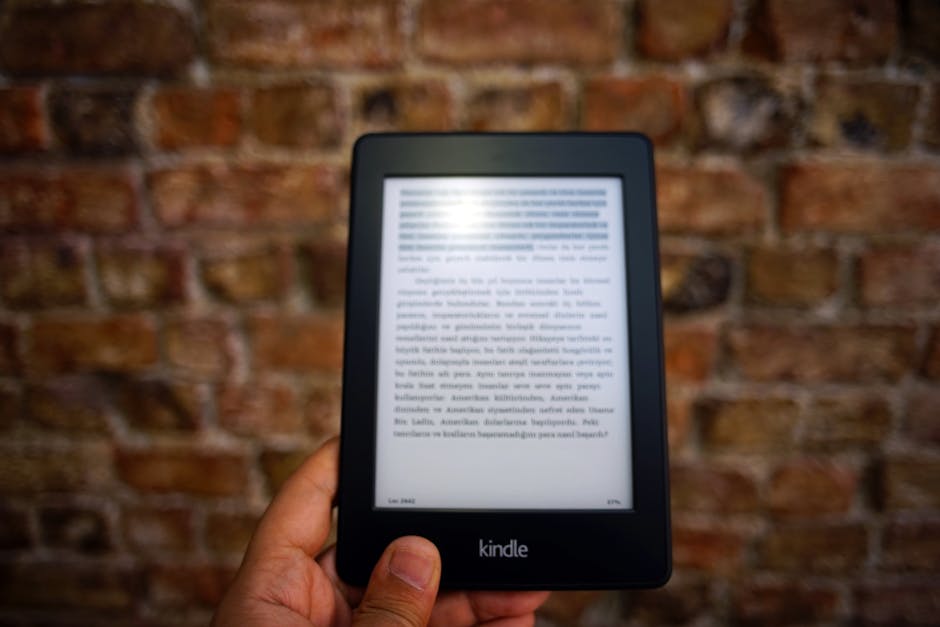Choosing the right ebook format isn’t just a technical decision—it’s one of the most important strategic considerations publishers face as the digital publishing landscape in 2025 matures. At 3D Issue, we’re in constant dialogue with publishers seeking clarity about EPUB vs MOBI: which format truly delivers across devices and channels, and—most critically—how to make the right format decision for global reach and future-proofing content. This guide walks through the deep differences, evolving trends, and actionable recommendations for publishers ready to accelerate growth, maximize accessibility, and streamline publication workflows.

EPUB vs MOBI: Technical Comparison for Publishers
| Feature | EPUB | MOBI |
|---|---|---|
| Platform Compatibility | Supported on almost all major e-readers, tablets, and mobile devices (Apple Books, Nook, Kobo, etc.). Not natively supported on classic Kindles, but modern Kindles offer conversion via Send to Kindle. | Primarily for Amazon Kindle devices. Minimal support outside Kindle ecosystem. |
| Industry Support in 2025 | Open standard, widely developed and supported. Accepted by nearly all ebook retailers and library services. | Legacy format. Amazon has phased out MOBI for new uploads, moving to EPUB or AZW internally. |
| Layout & Media Features | Advanced capabilities for reflowable and fixed layouts, rich media (video, audio, animation), accessibility, and responsive design. | Simple text reflow. Significantly fewer options for complex layouts or interactive content. |
| Accessibility & Standards | Complies with WCAG and ADA when built properly. Excellent for accessible reading experiences, easy font resizing, screen reader compatibility. | Much more limited. Accessibility features sparse and inconsistent. |
| Sales Channels | Virtually universal: suitable for Apple Books, Kobo, Google Play Books, most global distribution networks. | Amazon Kindle Store only. |
What’s Changed: Industry Trends Driving Format Decisions
- EPUB is no longer an alternative—it’s now the expectation. It’s the required format for nearly all distributors outside Amazon, and now even Amazon recommends EPUB for Kindle Direct Publishing (KDP), converting it natively.
- MOBI is legacy. Its primary value is for archival purposes or supplying older Kindle models (pre-2016). For new projects, it’s rapidly becoming redundant.
- Accessibility standards and rich, responsive design get priority. EPUB 3 development focuses on accessibility, media, and design flexibility that legacy formats like MOBI can’t address.
Why Does This Matter for Publishers?
For us and our clients at 3D Issue, the real-world impact is clear: If distribution and audience reach are priorities (and for most modern publishers, they are), choosing any format other than EPUB leaves readership and ROI on the table. Every digital magazine or ebook underperforms if it’s locked to one device or marketplace.

When Publishers Should Choose EPUB
- Wide Distribution Needs: If your digital publications will be distributed outside the Amazon ecosystem—to public libraries, educational repositories, Apple Books, and international retailers—EPUB is a must. This extends your reach natively to nearly every device.
- Rich Interactive Publications: For magazines, catalogs, and books requiring video, audio, advanced layouts, or animation, EPUB is unrivaled. At 3D Issue, we’ve built our tools specifically to enable these features and analytics.
- Accessibility: WCAG compliance is easily achievable with EPUB 3. This isn’t just about doing good—it future-proofs your catalog for evolving regulations, like the European Accessibility Act, and unlocks new audience segments. Dive deeper into compliance strategy in our guide Meeting Accessibility Requirements: Preparing Your Digital Publications for the European Accessibility Act.
- Brand and Design Control: EPUB allows full customization and supports responsive templates. This is why we see publishers impressed by their ability to use Experios to rapidly prototype and roll out consistent, on-brand experiences.
Recommended Steps for Publishers Adopting EPUB
- Centralize content creation to EPUB: Make EPUB 3 your master digital format. Design multimedia-rich publications leveraging accessible templates (such as those our Experios platform provides).
- Validate and preview on multiple devices: Always test in Apple Books, Kobo, and Adobe Digital Editions—not just Kindle preview.
- Check accessibility: Use built-in validators before publishing. Our clients appreciate how Experios highlights issues and offers compliance guidance.
- Integrate analytics from the start: Our platform provides deep insights into where and how your EPUB publications are consumed, letting you refine your offerings for each channel.
When MOBI Still Has a Place
- Legacy Support for Older Kindles: If you have a known audience using older devices (pre-2016), provide MOBI as a backup. Mark these files clearly as for legacy use to reduce confusion.
- Internal Review and QA: Authors and editorial teams may wish to preview books on Kindle hardware using MOBI before making works live, though even here, EPUB is increasingly supported thanks to Send to Kindle.
- B2B or Special Access Scenarios: For private distributions or internal corporate libraries where specific hardware is locked to MOBI, continue to generate it—but only as an exception.
Action Points for Using MOBI
- Only convert EPUB to MOBI when necessary for legacy Kindle models.
- Label download links to avoid reader confusion.
Summary Table: EPUB vs MOBI Decision Matrix
| Scenario | Recommended Format | Why? |
|---|---|---|
| Broad, multi-platform global distribution | EPUB | Universal compatibility, future-proofed |
| Rich, interactive or accessible digital magazines | EPUB | Multimedia and accessibility features |
| Amazon Kindle (including KDP) | EPUB | Auto-converted by Amazon to Kindle format |
| Legacy (pre-2016) Kindle only | MOBI (supplemental) | Some older devices are restricted to MOBI |
| Private B2B or archival scenarios | MOBI (on request) | If locked to specific users/hardware |
The 3D Issue Approach: How We Support Smart Format Choices
We believe publishers shouldn’t be forced to compromise between reach, creativity, and workflow efficiency. That’s why our platforms, Flipbooks and Experios, are designed to make EPUB production, validation, and distribution intuitive—even for teams with limited tech resources. Publishers who partner with 3D Issue routinely experience dramatic gains in speed (up to 50x faster production) and measurable readership growth, as seen in testimonials from leaders like Target Publishing and the Chicago Sun Times.

We also know the publishing landscape is evolving fast: to dive deeper, check out our recent analysis EPUB vs MOBI vs Flipbooks vs Responsive: The 2025 Publisher’s Decision Guide for a broader strategy context.
Final Thoughts and Recommendations
- Choose EPUB for all new titles and when updating older catalogs. EPUB’s combination of distribution flexibility, accessibility, and design control now sets the industry norm.
- Maintain MOBI only if you serve a shrinking base of legacy Kindle users, and always clarify the intended device compatibility.
- Use a professional toolchain that ensures your EPUBs are both validated and enhanced for SEO and analytics—saving time and letting your creative teams focus on content, not file wrangling.
If you’re ready to explore a modern digital magazine or ebook workflow that’s responsive, accessible, and future-proof, get started with 3D Issue. Our platforms are designed from the ground up to help you deliver amazing reader experiences across every device—learn more or try for free at 3dissue.com.







